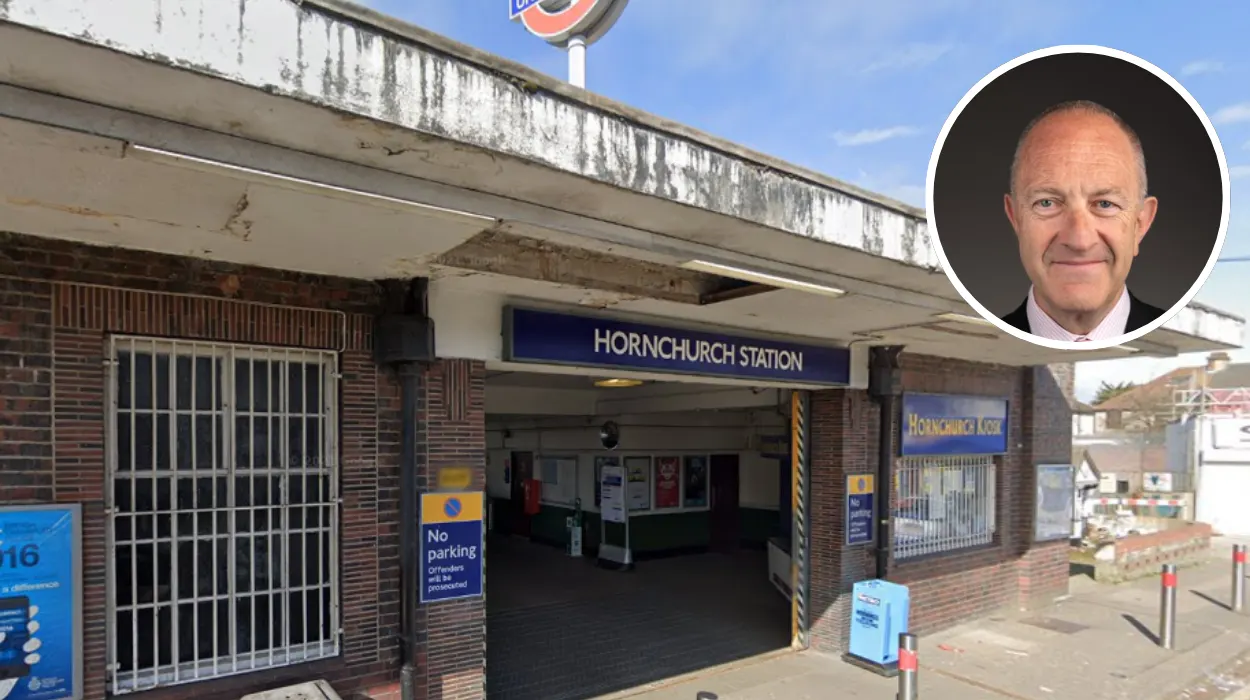Key Points
- Hornchurch and Upminster MP Julia Lopez has formally submitted a community request to Transport for London (TfL) for step-free access at Hornchurch Underground Station, backed by a strong community survey showing overwhelming support.
- Hornchurch is one of 30 stations currently being considered for step-free upgrades; TfL will select 15 stations for full feasibility studies later this year.
- The campaign is supported by local Conservatives, including MP Julia Lopez, London Assembly Member Keith Prince, and Conservative Association Chairman Adam Barker.
- Local residents have shared personal stories of the difficulties caused by lack of lift access, especially impacting elderly, parents with children, and people with disabilities.
- TfL’s prioritisation includes considerations for third-party or borough funding to supplement the project costs.
- Julia Lopez has written to Havering Council to seek official support, which could strengthen the bid.
- Accessibility improvements in the local area have been made on other lines, but Hornchurch station remains without step-free access from street to platform.
- Making Hornchurch station step-free will help over 4,000 daily users travel more easily.
- TfL has allocated about £20 million annually to improve accessibility across the rail network, and Hornchurch station is part of this prioritisation exercise.
- The local campaign also links to broader efforts by Julia Lopez to improve accessibility at Upminster station’s Platform 6.
What is the current status of the step-free access campaign at Hornchurch Station?
As reported by Julia Lopez on her official site, the MP for Hornchurch and Upminster formally submitted a community request to Transport for London (TfL) to make Hornchurch Underground Station step-free. This move was supported by a community survey illustrating huge local backing for the upgrade. The station is one of 30 in the TfL network under consideration for step-free accessibility improvements, with TfL planning to select 15 for in-depth feasibility studies later in 2025. The survey highlighted numerous personal accounts from residents explaining how the lack of lifts restricts travel, particularly for the elderly, parents with young children, and those with mobility challenges. Julia Lopez emphasised the importance of local views, stating: “With over 4,000 people using Hornchurch Station every day, it is vital that the needs of all users are taken into account”.
Why is step-free access considered essential for Hornchurch Station users?
Local Conservatives, including Julia Lopez, Keith Prince AM, and Adam Barker, have pointed out the critical need for the upgrade to benefit a diverse group of passengers. Residents with disabilities, older people, families with strollers, and those carrying heavy luggage face daily difficulties due to the lack of lifts or step-free routes. Covid-19 and the recent cost-of-living crisis have further emphasised the importance of accessible transport, as those with poor mobility have been disproportionately affected. Step-free access would not only improve travel independence but also inclusivity for the broader community. As Keith Prince AM underlined, “Step-free access opens up the Tube to many residents who otherwise struggle to use it”.
How does the community and local government support influence the campaign?
Strong community backing demonstrated through surveys and petitions forms a key pillar of the campaign, as local authorities and third-party funding can increase the chances of TfL prioritising the station for upgrade. Hornchurch and Upminster MP Julia Lopez has urged Havering Council’s leadership to endorse the campaign officially, as TfL has indicated that stations with local authority support have improved prospects in the competitive bidding process. Adam Barker, Chairman of the Hornchurch & Upminster Conservative Association, affirmed the importance of local support by acknowledging the daily volume of users relying on the station and committing to improvement efforts. The local Conservative team actively encourages residents to share their experiences and sign petitions to aid the cause.
What role does Transport for London play in the accessibility improvements at Hornchurch?
TfL is managing a prioritisation exercise across London Underground stations, balancing benefits with project complexity and funding availability. Hornchurch station is in this assessment, with TfL estimating around £20 million per annum dedicated to accessibility enhancements network-wide. The presence of any existing infrastructure, such as disused lift shafts, may help lower project costs and complexity. TfL has stressed that securing third-party or borough funding could help deliver more projects, making local backing crucial. TfL has already made 12 London Underground stations step-free since 2020 and delivered step-free stations on the Elizabeth Line, highlighting an ongoing commitment to wider accessibility goals.
What other local accessibility campaigns are linked to the Hornchurch effort?
MP Julia Lopez has a parallel campaign to make Platform 6 at Upminster station step-free—a project ongoing since 2018. The government committed to a feasibility study in 2025 focused on this platform, reinforcing her broader commitment to improving public transport accessibility across her constituency. These connected efforts exemplify coordinated work to ease rail travel for disabled passengers, older residents, families with pushchairs, and heavy luggage travellers in the Havering area.
What are the possible next steps and timeline for the Hornchurch Station upgrade?
Full feasibility studies for the 15 selected stations, including Hornchurch if chosen, will mark a significant next step toward installation of step-free access. The TfL prioritisation results are expected to be announced later this year, and the involvement of local government and community funding may influence final decisions. The campaign’s momentum, bolstered by strong local voice representation and the political will of elected officials, sets a hopeful outlook for the near future. As the campaign progresses, residents have been encouraged to continue engaging and supporting the effort by signing petitions and communicating their personal experiences.
Related News:
- Hornchurch’s Dean Franklin Wins The Apprentice 2025, Secures £250,000 Investment from Lord Sugar
- TfL urged to reroute SL12 Superloop through Hornchurch instead of Elm Park
- Hornchurch MP Calls for Government Action to Save Struggling High Street Salons
- Upminster Road Crash: Man Hospitalised in Hornchurch Collision
